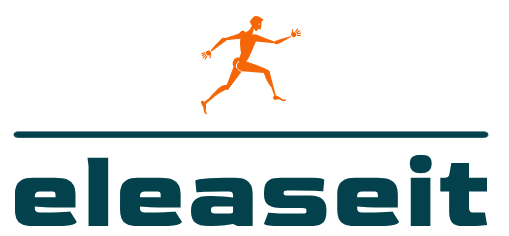Introduction
Congratulations on completing your workout! Now, it’s time to focus on post-workout recovery to ensure that your body gets the care it needs to repair and replenish. In this article, we’ll explore a range of healthy tips for fitness enthusiasts to optimize their post-exercise recovery and support their overall well-being.
Hydration Is Key
After an intense workout, it’s crucial to rehydrate your body to replenish lost fluids and support proper function. Drink plenty of water to help flush out toxins, regulate body temperature, and prevent dehydration. Consider adding electrolyte-rich beverages or coconut water to replenish lost minerals and restore balance to your body.
Refuel with Nutrient-Rich Foods
Following a workout, your body needs a combination of carbohydrates and protein to repair muscle tissue and replenish energy stores. Opt for nutrient-rich foods such as lean proteins, whole grains, fruits, and vegetables to provide your body with the essential nutrients it needs to recover and rebuild. Consider incorporating a post-workout snack or meal within 30 minutes to an hour after exercising to maximize recovery.
Stretch and Cool Down
Take time to stretch and cool down after your workout to help reduce muscle soreness and improve flexibility. Incorporate gentle stretching exercises targeting major muscle groups to promote circulation and relieve tension. Cooling down gradually allows your heart rate and breathing to return to normal, helping your body transition from exercise mode to a state of relaxation and recovery.
Foam Rolling for Muscle Recovery
Foam rolling is an effective technique for relieving muscle tension and promoting recovery. Use a foam roller to target tight or sore muscles, applying gentle pressure to release knots and trigger points. Foam rolling helps improve blood flow to the muscles, reducing inflammation and promoting faster recovery. Incorporate foam rolling into your post-workout routine to enhance muscle recovery and prevent injury.
Prioritize Rest and Sleep
Rest is essential for allowing your body to recover and rebuild after a workout. Aim to get adequate sleep each night to support muscle repair, hormone regulation, and overall well-being. Create a relaxing bedtime routine and prioritize quality sleep to ensure your body has the time it needs to recover fully. Listen to your body’s signals and allow yourself to rest when needed to prevent overtraining and burnout.
Consider Active Recovery
Incorporating active recovery exercises into your routine can help promote blood flow, reduce muscle stiffness, and enhance recovery between workouts. Activities such as walking, swimming, or gentle yoga can help facilitate recovery without putting additional strain on your muscles and joints. Active recovery can also help improve mobility and flexibility, making it easier to perform more intense workouts in the future.
Listen to Your Body
Above all, listen to your body and honor its signals during the post-workout recovery process. Pay attention to how you feel physically and emotionally, and adjust your routine accordingly. If you experience excessive fatigue, soreness, or discomfort, consider taking a rest day or engaging in low-impact activities until you feel ready to resume more intense exercise. Trusting your body’s wisdom is key to maintaining a balanced and sustainable fitness regimen.
Conclusion
Post-workout recovery is an essential component of any fitness routine, allowing your body to repair, replenish, and rebuild after exercise. By incorporating healthy tips such as hydration, nutrient-rich foods, stretching, foam rolling, rest, and active recovery into your post-exercise routine, you can optimize your recovery process and support your overall fitness goals. Remember to prioritize self-care and listen to your body’s needs to ensure a balanced and sustainable approach to fitness and well-being. Read more about healthy tips after workout






